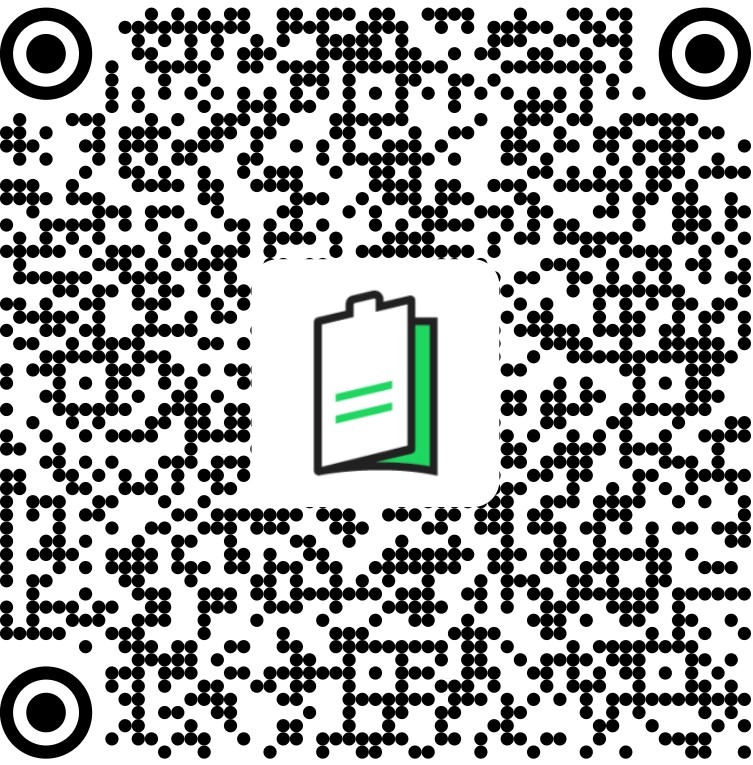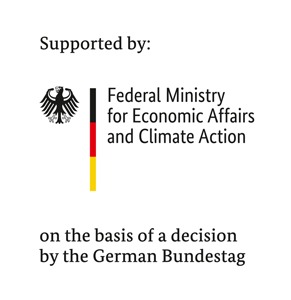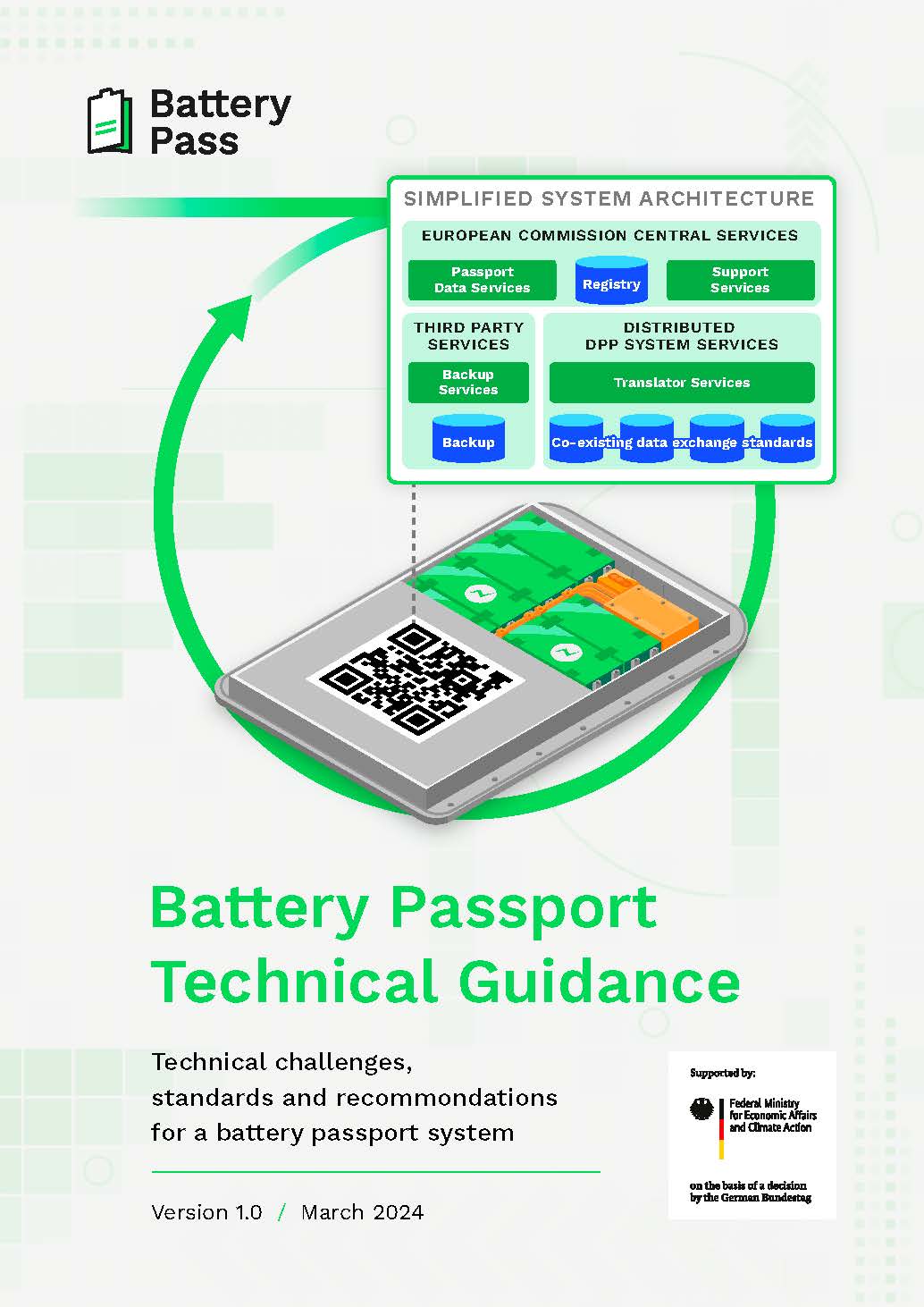What technical frameworks can enable the new Battery Passport to operate seamlessly across Europe and possibly beyond? How will operators actually see and use the data?
Launched today, the first technical guidance on the EU Battery Passport system presents a comprehensive overview of the technical standards, while a prototype software demonstrator uses real data to bring the system to life.
A consortium of eleven leading international industry, technology and science organisations, led by Systemiq, has released the first Technical Guidance and Demonstrator for the EU Battery Passport.
Published by the Battery Pass project, with co-funding from the German Federal Ministry for Economic Affairs and Climate Action, the Guidance provides a framework and recommendations for the technical implementation of the battery passport mandated by February 2027 in the EU Battery Regulation.
The Battery Passport will be the first of its kind in Europe. However, as the Digital Product Passport concept rolls out across industries, it will be a valuable model for other sectors, such as textiles, electronics, and building materials.
“The Battery Pass project is certainly one of the most relevant projects worldwide on the entire spectrum of digital product passports. The work has already been formative in the development process for the upcoming standardisation mandate of the EU Commission […] and an important contribution to the framework European standards on the digital product passport system now being developed.”
Benjamin Helfritz
Head of Quality in Green and Digital Transformation, DIN-German Institute for Standardisation
Introducing the Technical Guidance
Designed to support the battery ecosystem stakeholders – including economic operators, data providers, standard development organisations and regulators – the Technical Guidance presents a comprehensive overview of the technical standards necessary to support the development of a reliable and seamlessly interoperable battery passport system.
The guidance seeks to contribute significantly to standardisation processes, and to set out a holistic system architecture for the battery passport system. Once the time comes to implement and operate the system, it is expected to save time and money for each stakeholder in the value chain.
Bringing the system to life – the demonstrator
Published alongside the Technical Guidance is a working battery passport prototype — the software demonstrator — which brings the core concept and functionalities of a battery passport system to life and allows for technical feasibility testing.
Real but anonymised battery passport data populates the platform, simulating data flows and transactions across the battery lifecycle, from raw materials to recycling, including second-life use cases. The software demonstrator also illustrates how the public and restricted access to the passport could work in practice.


The Battery Pass receives funding from the German Federal Ministry for Economic Affairs and Climate Action (BMWK)


